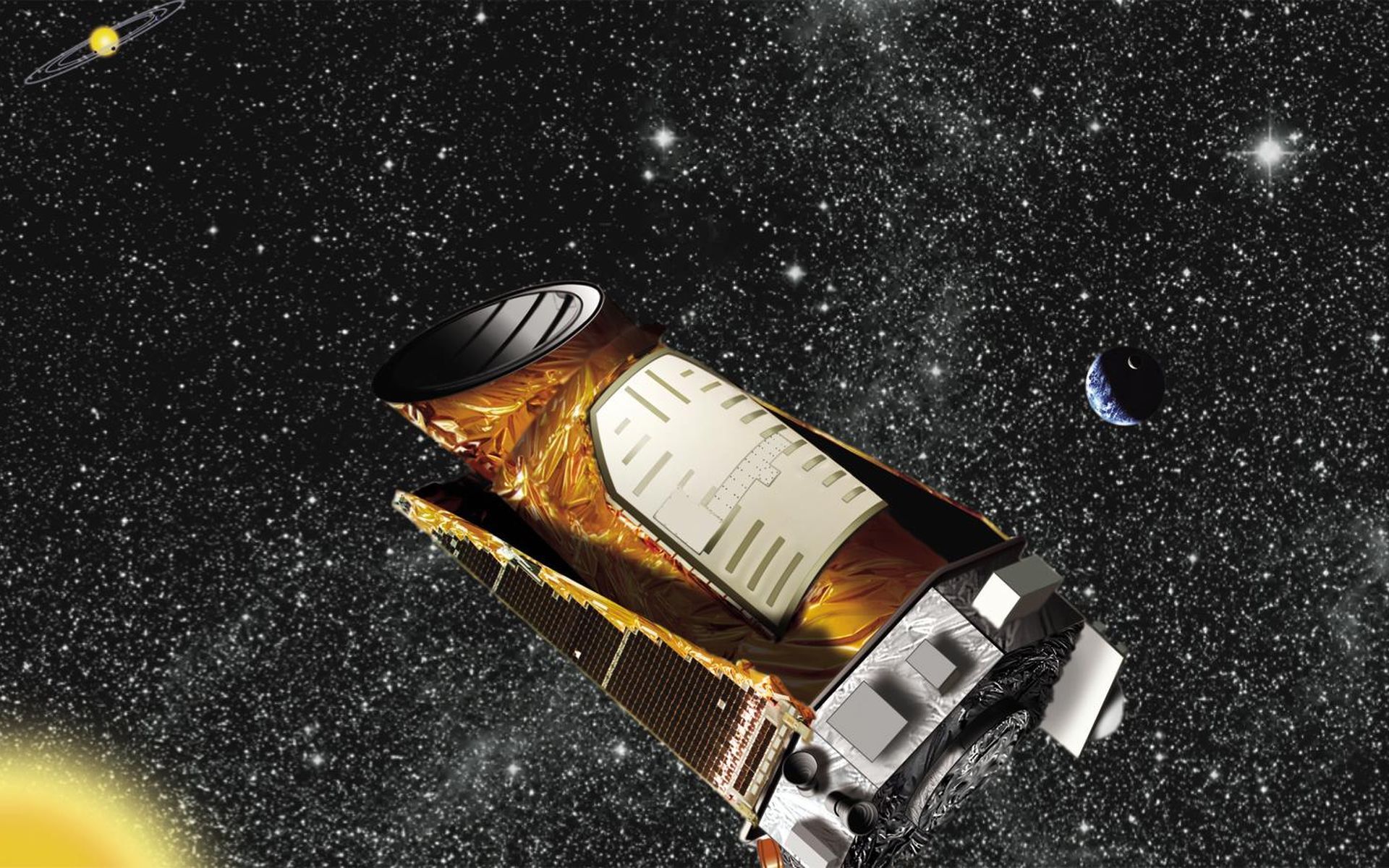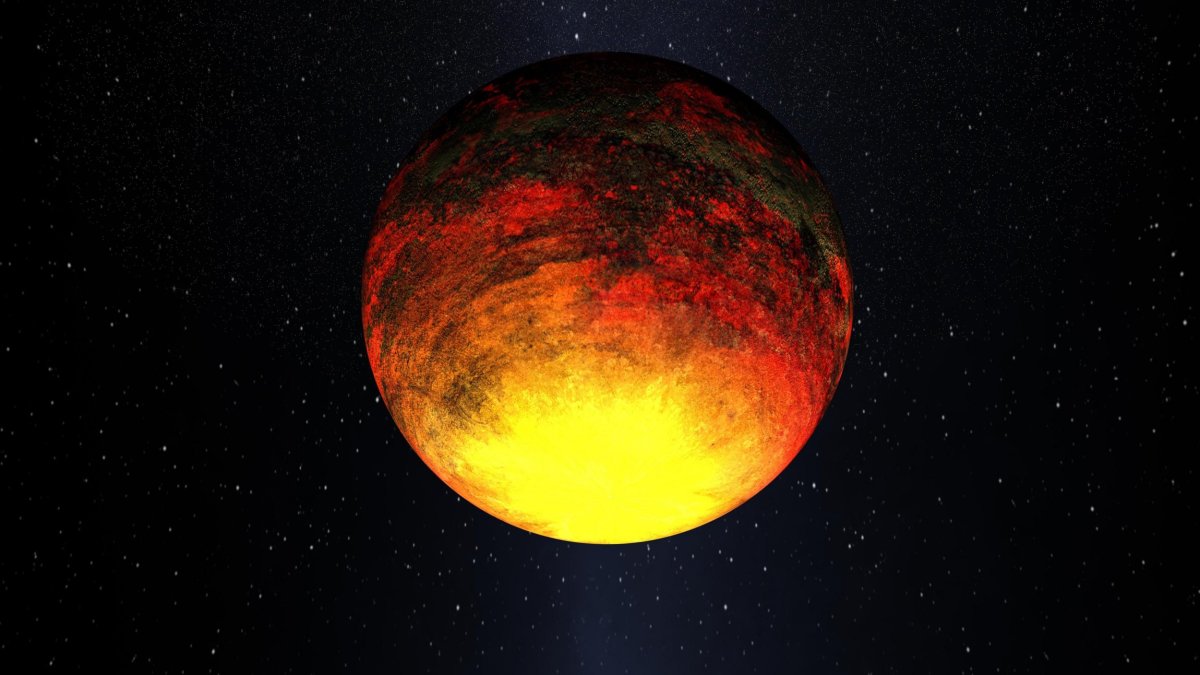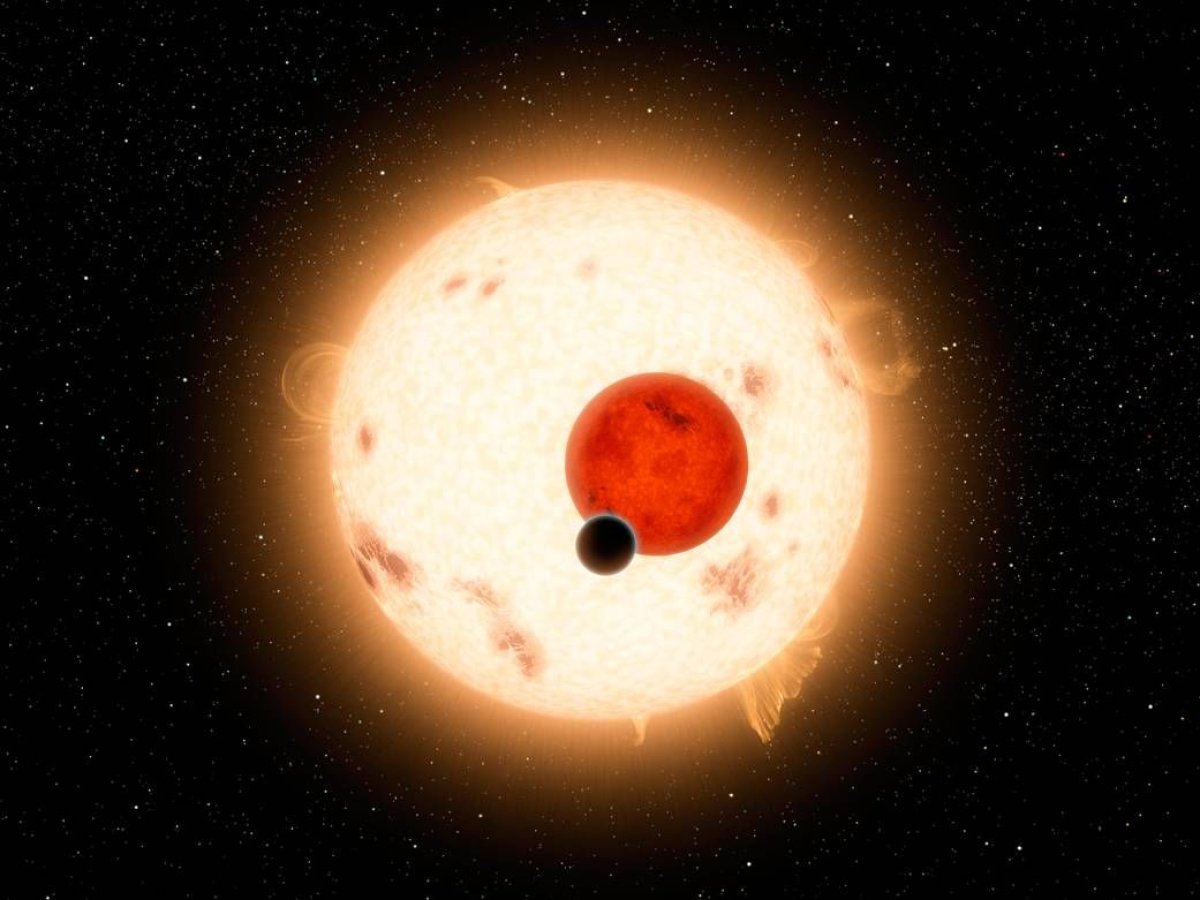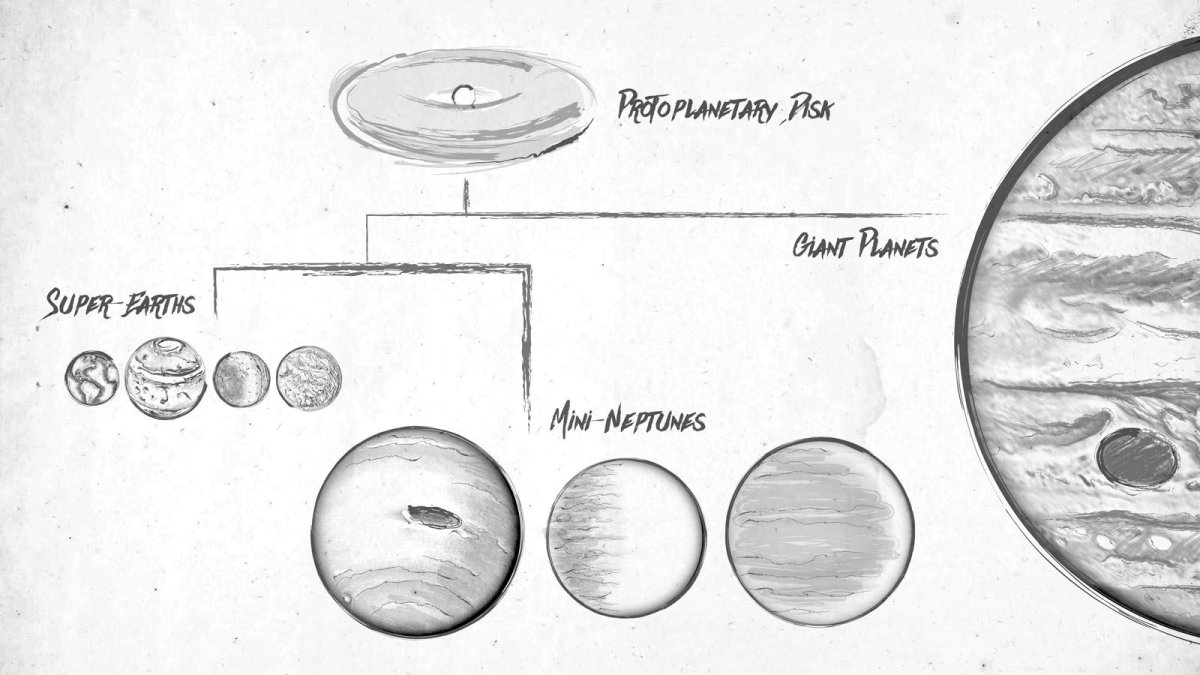
On Thursday, NASA is due to make a much-hyped announcement about a new discovery from its Kepler spacecraft, the lipstick-shaped satellite that first launched in 2009 and was billed as "NASA's first mission capable of finding Earth-size planets." Unlike most missions, for Kepler, NASA banked all its hopes on one instrument, a photometer, which stared at 150,000 individual stars and measured tiny dips in their brightness caused when a planet slipped between the star and the spacecraft.
And although the Kepler mission itself formally ended after two parts failed, the satellite is still chugging along doing science under a new mission called K2, which conducts more or less the same hunt but in a larger patch of sky and while doing other work as well.
We don't know yet what Thursday's announcement will bring, but here's a recap of some of the satellite's crowning achievements.

Kepler-10b: The very first rocky planet Kepler discovered, this isn't one you'd want to visit—it's so close to its star it's likely a toasty 2,500 degrees Fahrenheit. But for exoplanets scientists have spotted, it is incredibly small; its diameter is one and a half times larger than the Earth's and its mass is more than four times greater. Weirdly, it might have a comet-like tail, thanks to that super-hot temperature, which scientists think may pull tiny fragments of iron and rock off its surface.

Kepler-16b: A favorite of Star Wars fans, this was the first planet confirmed to orbit a pair of suns, like the movie series' famous Tatooine. Scientists had suspected the phenomenon was plausible, but it took spotting Kepler-16b and its two stars to know for sure. And that's a big deal for the continuing hunt for alien planets, since astronomers think about half the stars in the sky are in pairs. Kepler-16b has since been joined by Kepler-34b and Kepler-35b, two more planets, both gas giants like our own Saturn, that orbit separate pairs of stars.
Read more: Alien Planet Virtual Reality Lets You Imagine Life in Another Solar System Far, Far Away
Mini-Neptunes: Kepler's planet-spotting skills gave scientists enough examples of individual planets to realize that there were two very distinct types of smallish planets: One group, up to about 1.75 times the size of Earth that are strictly rocky was expected from our own solar system. But the second group, which was nicknamed mini-Neptunes, was new, ranging between twice as large and more than three times as large as Earth and covered in gas.

Kepler-22b: Scientists studying exoplanets get particularly excited about what's called the habitable zone—the sweet spot distance from a star at which it's warm enough that the planet isn't frozen but not so hot that any water on the surface boils away. Kepler-22b was the first planet in this zone that Kepler spotted. To make matters even more enticing, the star it orbits is of the same type as our own sun.

Sheer quantity: The two incarnations of the spacecraft have combined forces to identify a whopping total of 2,515 confirmed exoplanets, with 30 of those being more or less the size of Earth and at the right distance from their stars to potentially hold liquid water on their surface. That's more than two thirds of the grand total of exoplanets scientists on all projects have confirmed, 3,564.
And as for what Kepler's next big discovery will be—well, we'll just have to wait until Thursday to find out.
Uncommon Knowledge
Newsweek is committed to challenging conventional wisdom and finding connections in the search for common ground.
Newsweek is committed to challenging conventional wisdom and finding connections in the search for common ground.
About the writer
Meghan Bartels is a science journalist based in New York City who covers the science happening on the surface of ... Read more
To read how Newsweek uses AI as a newsroom tool, Click here.








